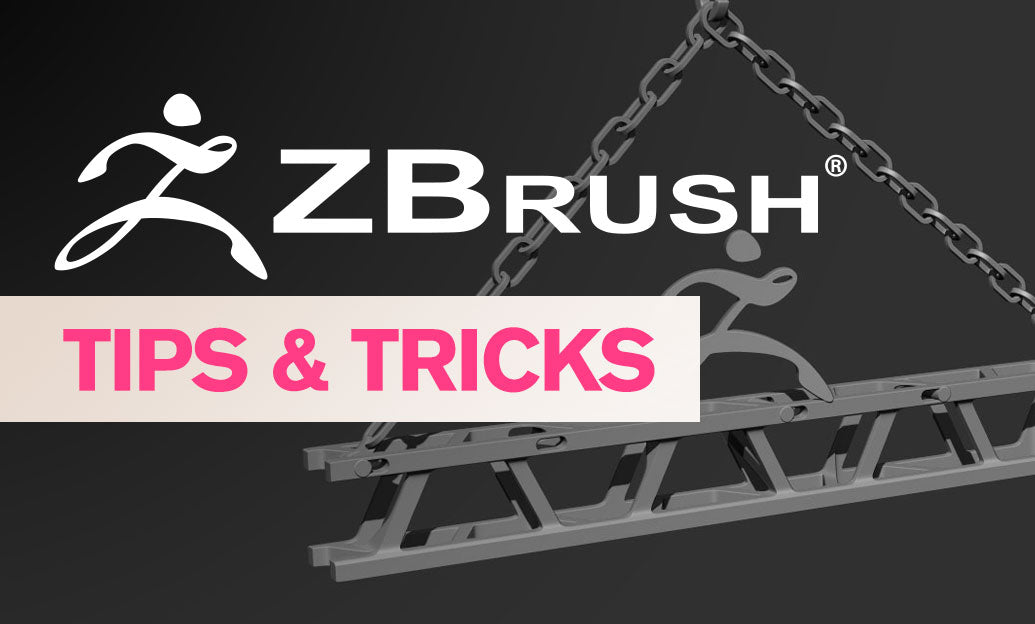Your Cart is Empty
Customer Testimonials
-
"Great customer service. The folks at Novedge were super helpful in navigating a somewhat complicated order including software upgrades and serial numbers in various stages of inactivity. They were friendly and helpful throughout the process.."
Ruben Ruckmark
"Quick & very helpful. We have been using Novedge for years and are very happy with their quick service when we need to make a purchase and excellent support resolving any issues."
Will Woodson
"Scott is the best. He reminds me about subscriptions dates, guides me in the correct direction for updates. He always responds promptly to me. He is literally the reason I continue to work with Novedge and will do so in the future."
Edward Mchugh
"Calvin Lok is “the man”. After my purchase of Sketchup 2021, he called me and provided step-by-step instructions to ease me through difficulties I was having with the setup of my new software."
Mike Borzage
V-Ray Tip: Enhancing 3D Render Realism with V-Ray Dirt Maps
January 07, 2025 2 min read

Enhancing the realism of your 3D renders is crucial, and utilizing V-Ray's Dirt Map is an effective technique to achieve this. A dirt map simulates the accumulation of dust and grime in crevices and on surfaces, adding depth and authenticity to your textures.
- Understanding Dirt Maps: Dirt maps are grayscale textures that define where grime and dust accumulate on your models. They typically highlight areas like corners, edges, and recesses where natural dirt accumulation occurs, enhancing the overall realism of your scene.
-
Creating a Dirt Map:
- Start by generating a high-quality dirt map using V-Ray's built-in tools or external texture creation software.
- Ensure the map is accurately UV-mapped to your model to avoid stretching or misalignment of the dirt effect.
- Use procedural textures or photographic references to create realistic dirt patterns.
-
Applying the Dirt Map in V-Ray:
- Open the V-Ray Material Editor and select the material you wish to enhance with a dirt map.
- Navigate to the "Maps" section and load your dirt map into the appropriate slot, typically the Reflection Color or Self-Illumination channel.
- Adjust the intensity and blending mode to integrate the dirt map seamlessly with your base texture.
-
Adjusting Parameters for Realism:
- Fine-tune the contrast and brightness of your dirt map to match the lighting conditions of your scene.
- Use multipliers and falloff controls to subtly blend the dirt into the texture without overpowering the base material.
- Experiment with different blending modes such as Multiply or Overlay to achieve the desired effect.
-
Combining Dirt Maps with Other Textures:
- Integrate the dirt map with other texture maps like bump, normal, or displacement maps to enhance surface details.
- Layer multiple maps to create a complex and nuanced appearance, ensuring each layer contributes to the overall realism.
- Use V-Ray's Material Blending features to combine dirt maps with base materials effectively.
-
Optimizing Performance:
- Optimize the resolution of your dirt maps to balance between quality and render performance.
- Utilize V-Ray's texture caching and proxy features to manage memory usage efficiently.
- Minimize the number of texture layers to reduce render times without sacrificing visual fidelity.
- Leveraging NOVEDGE Resources: For more in-depth tutorials and advanced techniques on creating and applying dirt maps, visit NOVEDGE. Their extensive library of resources can help you master the intricacies of V-Ray's texture mapping tools.
-
Best Practices:
- Always reference real-world materials to guide the creation of your dirt maps, ensuring authenticity.
- Regularly test render your scenes to evaluate the impact of the dirt map and make necessary adjustments.
- Keep your texture libraries organized for easy access and reusability across different projects.
By effectively creating and applying dirt maps in V-Ray, you can significantly elevate the realism of your 3D renders. Incorporating these subtle details not only enhances visual appeal but also demonstrates a high level of craftsmanship in your work. For further tips and professional guidance, explore the resources available at NOVEDGE.
You can find all the V-Ray products on the NOVEDGE web site at this page.
Also in Design News

Driving the Future: AI-Enhanced CAD for Automated Design Optimization
May 09, 2025 8 min read
Read More
ZBrush Tip: Maximize Your ZBrush Workflow with Advanced PolyPaint Techniques
May 09, 2025 2 min read
Read MoreSubscribe
Sign up to get the latest on sales, new releases and more …



